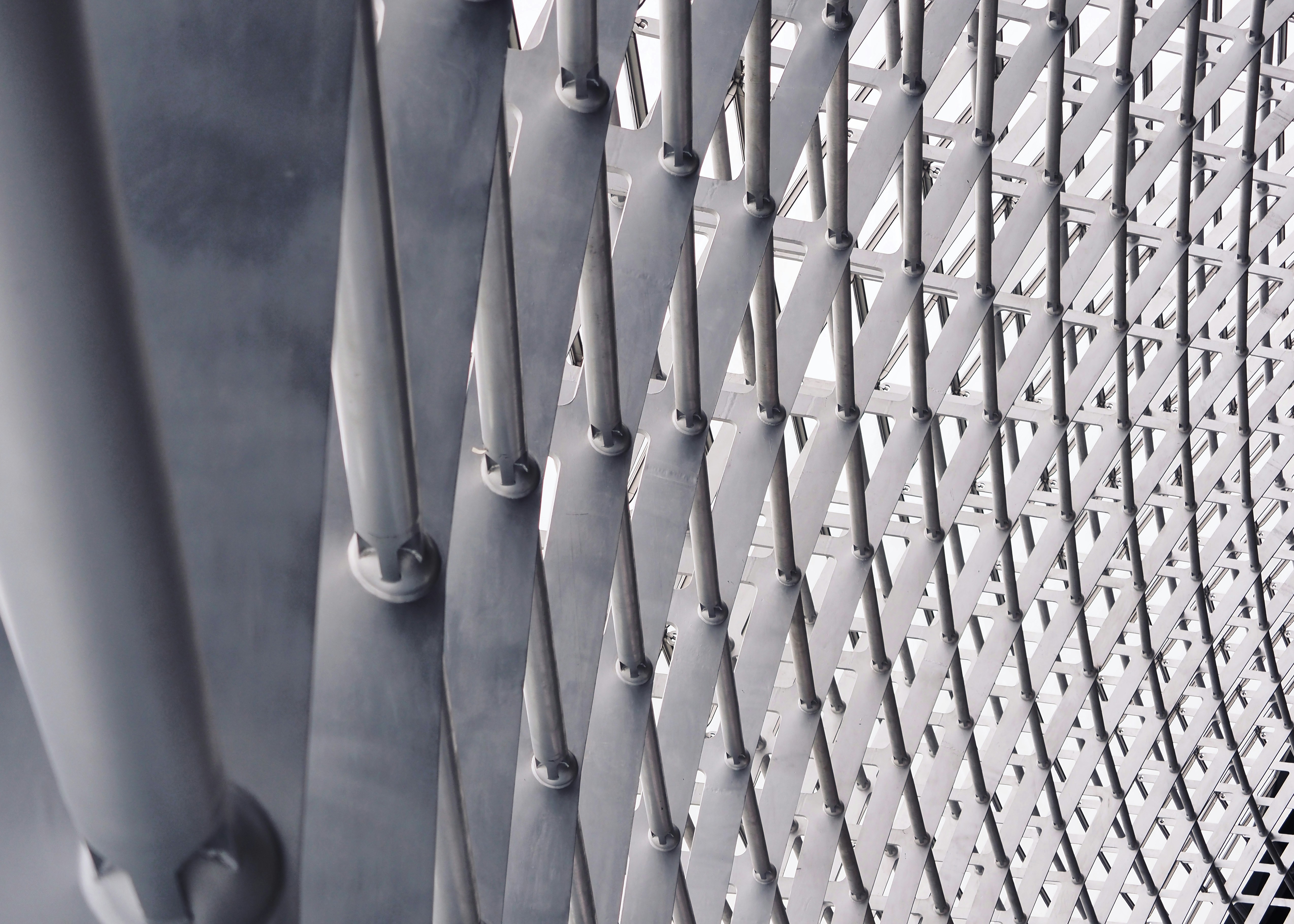Octava Minerals Limited Advances Byro Project: Promising CSIRO Biomining Results Pave Way for Cost-Effective Critical REE & Lithium Extraction
Monday, June 16, 2025
at
8:23 am
Octava Minerals Limited reports encouraging Stage 1 biomining results at its Byro REE & Lithium project using CSIRO techniques. Stage 2 testing for efficient, environmentally friendly metal extraction has now begun, potentially opening exciting opportunities in the emerging green metals market.
Octava Minerals Ltd has announced promising early results from the CSIRO bioleaching test program conducted at its Byro REE & Lithium Project in Western Australia. The initial stage of the program demonstrated that a mixed bio-culture, known for its iron- and sulfur-oxidising capabilities, adapted well to the Byro ore samples. The test revealed strong cell growth, effective ferrous iron oxidation, and acid generation, all vital indicators for a cost-effective extraction process.
The company’s staged approach involves an initial phase to identify the most suitable bioleaching microorganisms for the mineralisation at Byro, followed by a second stage that will assess these adapted cultures for their ability to extract a variety of metals, including rare earth elements, lithium, zinc, vanadium, rubidium, scandium, and potassium. This method targets the recovery of valuable metals from Permian black shale deposits, a geological setting known for its potential to host enriched polymetallic resources.
Location-wise, the Byro Project covers 555 km² on the Byro Plains in the Gascoyne Region and benefits from proximity to key infrastructure such as a commercial port and power sources, with additional potential from planned green energy developments. These factors underline the project’s strategic importance in the broader context of extracting low-cost, new energy metals.
The progress in biomining offers a potentially lower cost and environmentally friendlier alternative to traditional extraction methods. For investors, this development points to technological advancements that could unlock significant value from critical minerals in a market where cost efficiency and sustainability are increasingly in demand.
From a bullish perspective, the successful adjustment of microbial cultures and the commencement of Stage 2 testing provide encouraging indications that the company’s innovative approach may lead to cost-effective and environmentally sustainable metal extraction. This aligns well with global trends towards procuring critical minerals responsibly. On the bearish side, potential concerns remain regarding the scalability of the bioleaching process and the inherent risks of forward-looking projections, as unforeseen technical challenges and market fluctuations could impact the overall success of the project.




